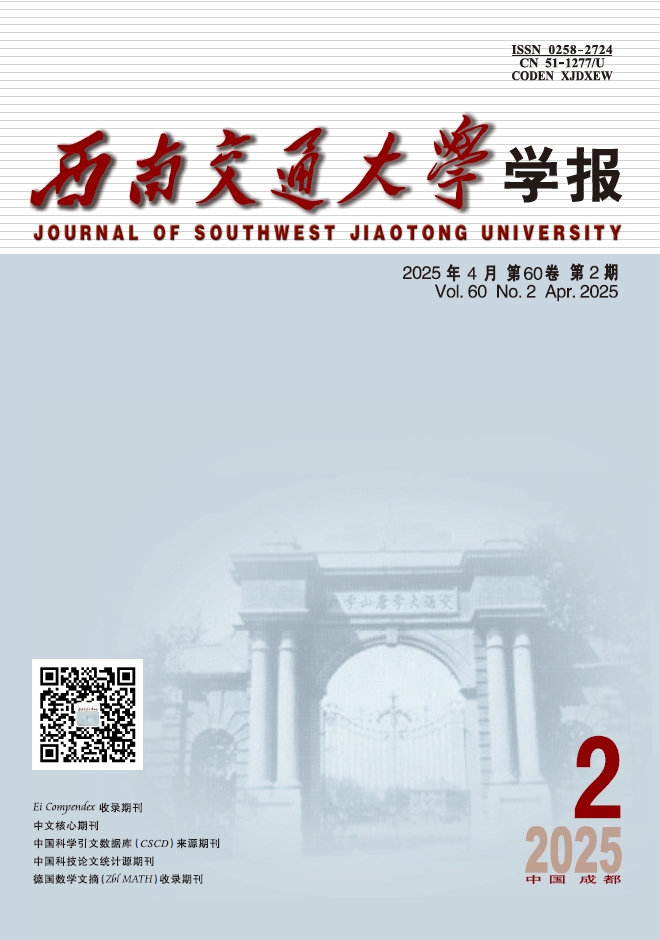2012 Vol. 25, No. 2
Display Method:
Field Tests of Soft Marine Clay Foundation Reinforced by T-shaped Bidirectional Dry Jet Mixing Piles
2012, 25(2): 204-209.
doi: 10.3969/j.issn.0258-2724.2012.02.006
Abstract:




 Advance Search
Advance Search
 Email alert
Email alert RSS
RSS [Abstract]
[Abstract] Supplements
Supplements [Cited By]
[Cited By]